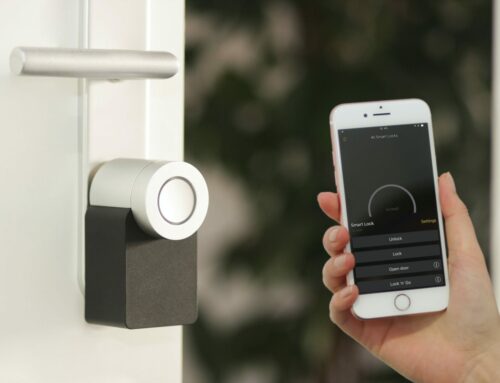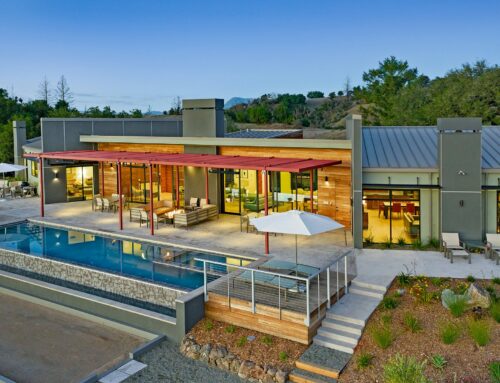In the U.S., choosing home solar power over conventional electricity has become more popular than ever. Each year, millions of Americans choose solar panels as a cleaner, more renewable source of electrical energy. In fact, a new law was just passed by the California Energy Commission in California requiring homes in the state built after 2020 to install solar panels. At Annadel Builders Inc., we believe that sustainable energy is a future worth working toward. Building before 2020 but still want to know if solar is the right choice for your home? Check out our top six points to consider.
- Incentives and rebates—To see whether solar is the right option for your roof, try using a solar panel suitability checker such as Google’s Project Sunroof, which uses Google Earth imagery to analyze your roof shape and local weather patterns to design a personalized solar plan. Project Sunroof will also take into account local electricity prices, solar costs, and incentives specific to your area to provide an approximate estimate of what you’ll save. For people living in areas with inexpensive electricity, solar might not end up saving you any money in the long run. Because of this, it’s essential that you calculate the financial logistics before committing.
- Type of roof—One of the first and most important things to consider is whether your roof type is compatible with solar panels. Typically, solar panels work best with roofs constructed by strong, durable materials such as asphalt shingle, concrete tile, or standing seam metal. While solar panels are still a viable option for roofs of wood shake, slate tile, clay and mortar, or composite metal/stone coated steel, you’ll want to make sure you hire a professional with experience in these types of installation.
- Orientation and age of roof—For maximum sunlight exposure, solar panels should be installed on a southern facing roof—ideally with a pitch of 30 degrees. However, western and eastern facing roofs with angles anywhere from 0 to 45 degrees are also acceptable. Even if your roof is completely flat, installers can mount your panels to be the perfect angle for maximum sunlight exposure. However, make sure that all this work doesn’t go to waste by installing new solar panels on a roof that needs to be replaced in a few years. While it’s not necessary to start with a completely new or flawless roof, avoid installing anything on a roof that should be replaced in the next 5 years.
- Size of roof and obstructions—Installation is easiest on roofs relatively free of obstructions such as chimneys, skylights, and dormers. Depending on the layout and size of the obstructions present, installers may be able to design a system that works around them, but you’re going to want to get an evaluation beforehand to know for sure. As a helpful reference point, the typical solar PV system will need 100 square feet of roof per kilowatt, and the average system size is between 5 and 7 kW.
- Local climate—Thanks to climate-specific modifications, solar panels can be made to adapt to a wide range of geographical settings. For areas that have little sunlight, high-efficiency solar panels can be used to convert direct and indirect sunlight into electricity, and for areas that experience a lot of severe weather, certain brands offer extra-durable panels—able to even withstand hail up to 1 inch in diameter. Make sure to consider severity of weather, degree of sunlight, and any other relevant factors before picking out solar panels.
- Shading on roofs—Although a small amount of shade will not disqualify your roof, the degree of shade it receives will affect the output of your solar panels, so make sure to assess sunlight exposure beforehand. If shade is the result of surrounding trees, consider trimming back some of the branches so that you maximize exposure. By designing a system with the right components, you will be able to minimize the negative effects of shading and increase the amount of solar energy harvested.
Our Sonoma green home builders at Annadel Builders, Inc. believe in helping our clients find eco-friendly solutions. We can answer your questions about solar panels and other green energy options. Contact our team today!



